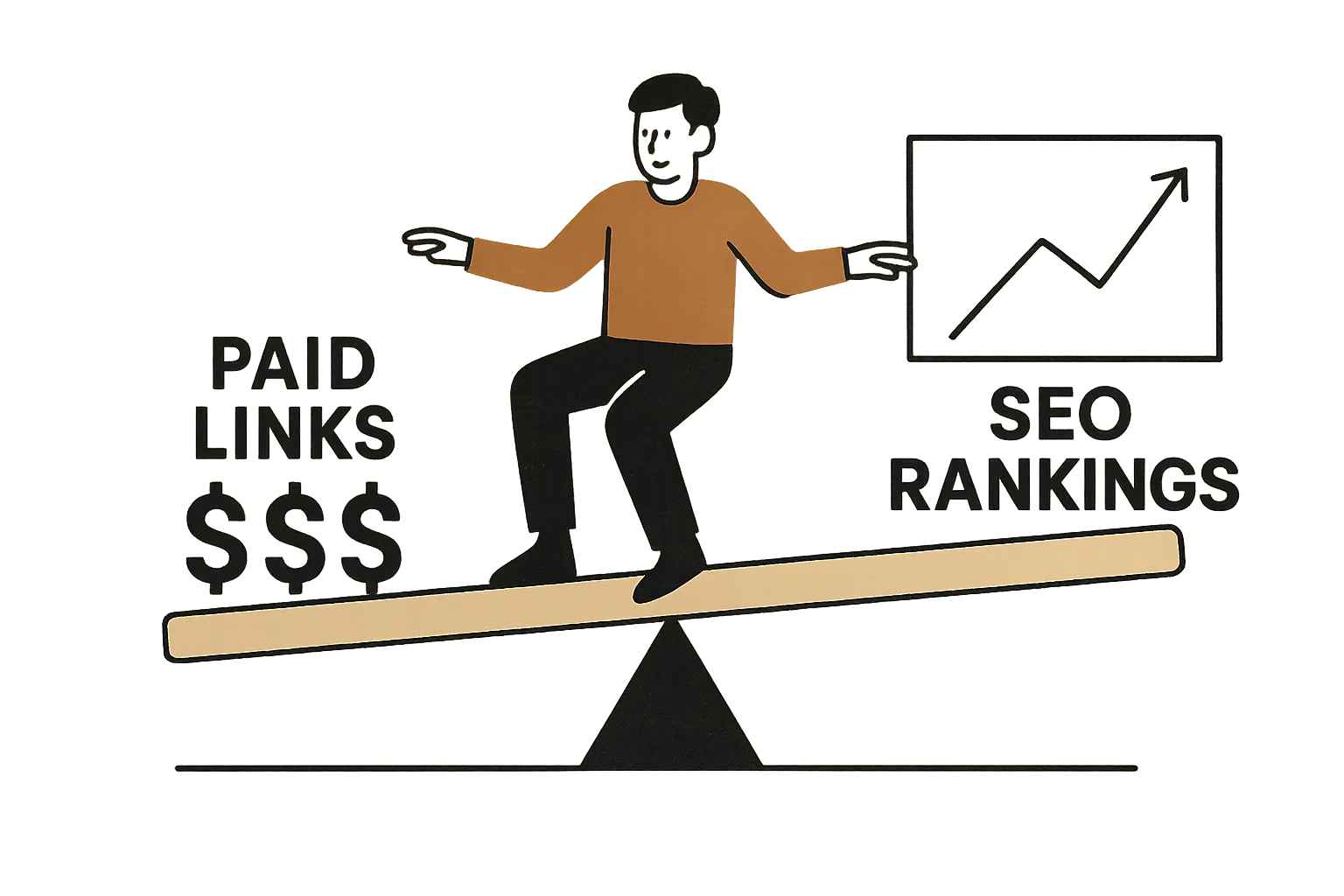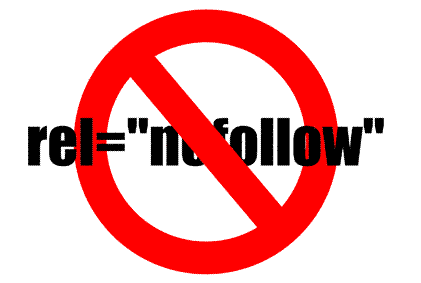
The Truth About Paid Links in Blogging
Here’s the reality: blogging is tough. You pour hours into writing, designing, and marketing, but without visibility, your site feels like a ghost town. That’s why many bloggers flirt with paid links, they promise a shortcut to traffic and rankings.
But the flip side? Google isn’t blind. The search giant has made it clear: paid links that pass PageRank break their rules. And when Google gets mad, your blog could vanish from search like it never existed.
So why do people still risk it? Because paid links can work, at least for a while. That’s what makes them so controversial.
What Are Paid Links Really?
Let’s strip it down. A paid link is simply when someone gives money (or freebies) in exchange for placing a hyperlink on another site. The idea: funnel some of that site’s authority into yours.
Common forms of paid links:
Sponsored blog posts with a backlink.
Footer or sidebar “advertising” links.
PBN (Private Blog Network) links – whole sites built just to sell backlinks.
Exchanges disguised as “partnerships.”
Now, not all sponsorships are evil. If you pay for an ad or a clearly marked sponsored post with nofollow or sponsored attributes, you’re playing fair. The problem starts when money flows under the table for hidden “do-follow” links. That’s when the risk kicks in.
Do Paid Links Still Matter for SEO?
Short answer: Yes, links matter. A lot.
Backlinks are like votes of confidence. Google still counts them as one of the strongest ranking signals. But here’s the kicker: it’s not 2008 anymore. Google’s algorithms are way smarter.
In the early days, sheer quantity ruled. Buy thousands of links, boom, you’re ranking.
Then came the Penguin Update (2012) and its successors, which crushed spammy link schemes.
Today, context and quality matter more than numbers.
So, do paid links still move the needle? They can. But it’s like driving fast on a slippery road, you might get ahead, or you might crash spectacularly.
Are Paid Links Good for SEO or a Risky Gamble?
Let’s weigh it like a poker hand.
The upsides:
Quick boost in rankings.
Easier to compete in tough niches.
Can send referral traffic if placed on relevant sites.
The downsides:
Risk of manual penalties from Google.
Rankings may vanish overnight if caught.
Damaged trust with your readers (nobody likes fake endorsements).
Money wasted on links that stop working after algorithm updates.
It’s a classic short-term vs long-term play. If you’re building a blog for quick cash and don’t care about longevity, maybe. If you’re building a brand you want to last, it’s a gamble not worth taking.
Can Too Many Links Hurt SEO?
You bet. Imagine pouring sugar into your tea. A little sweetens it, but dump the whole bag, and it’s undrinkable.
Google calls this over-optimization. When your site suddenly gains hundreds of paid links with identical anchor text, it screams manipulation. The algorithm spots the pattern and bam, penalty or ranking drop.
Signs of a healthy link profile:
A mix of natural mentions, guest posts, and citations.
Varied anchor text (not just “best SEO blog” repeated 100 times).
Links from different domains, not the same network.
So yes, too many links, especially paid ones, can tank your SEO instead of boosting it.
The Purpose of Links in a Blog
Before we throw links under the bus, let’s remember why they exist.
Links are the web’s DNA. They connect content, guide readers, and show search engines what’s important.
On your blog, links do three big jobs:
Navigation – helping readers jump between related content.
Authority flow – spreading SEO value (PageRank) from strong pages to weaker ones.
Trust signals – linking to credible sources boosts your blog’s reliability.
That’s why blindly chasing paid links misses the bigger picture. Links aren’t just about tricking Google, they’re about connecting humans to knowledge.

How Paid Links Affect Blogs and Websites Long-Term
Here’s where things get real. Paid links can leave scars.
The short-term thrill: You buy a few high-DA backlinks, see rankings climb, and traffic spikes. Feels amazing.
The long-term pain:
Rankings drop when Google updates.
Your site gets flagged for unnatural links.
Competitors report you (yes, it happens).
Readers notice your “sponsored by” vibe and trust dips.
Worst-case scenario? A manual action penalty from Google. Recovering is like climbing Everest with flip-flops, possible, but painfully slow.
Safer Alternatives to Paid Links
Here’s the good news, you don’t need paid links to grow. Creativity beats cash in the long run.
Smarter ways to build authority:
Guest posting (legitimately): Write valuable posts for sites in your niche, not for shady networks.
Creative collaborations: Interviews, roundups, or co-authored guides.
Content marketing: Evergreen content people naturally link to.
Repurposing tools: Use a Paraphrasing Tool to refresh old content into new formats, social posts, infographics, or email tips.
These methods take more effort, but they build real trust. And trust is SEO gold.
Should You Ever Use Paid Links?
Here’s my honest take: sometimes, yes, but with caution.
When it might be okay:
For branding, not rankings (ads, sponsorships, shoutouts).
When links are tagged with nofollow or sponsored.
If you fully disclose the relationship to your audience.
When to avoid:
Secret deals with “do-follow” links.
Cheap bulk backlink packages.
Any setup that feels like you’re gaming the system.
Think of paid links like junk food. A little won’t kill you, but a steady diet wrecks your health.
So, Build With Creativity, Not Just Cash
At the end of the day, links are still powerful, but shortcuts come at a price. Paid links might give you a sugar rush of traffic, but they can’t build a lasting brand.
If you’re serious about blogging success, focus on creating content people want to link to. Collaborate, experiment, and stay creative. Google loves natural growth, and so do your readers.
So, ask yourself: do you want fast wins or lasting impact? If it’s the second, invest in creativity, not just cash.

Mia Creatives explores the intersection of technology and creativity. Dive into WordPress, SEO, and innovative ways to thrive online.